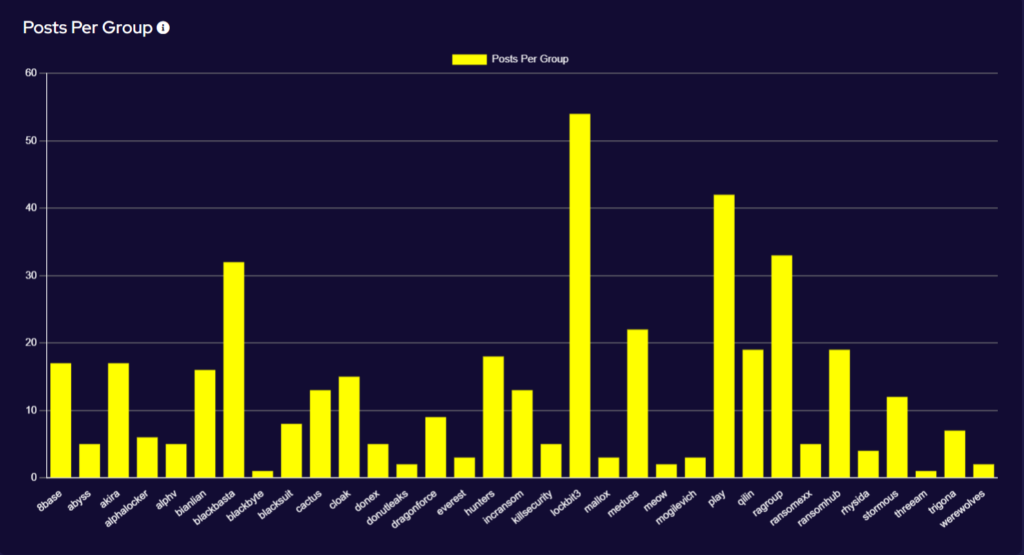This weekly blog post is from via our unique intelligence collection pipelines. We are your eyes and ears online, including the Dark Web.
There are thousands of vulnerability discussions each week. SOS Intelligence gathers a list of the most discussed Common Vulnerabilities and Exposures (CVE) online for the previous week.
We make every effort to ensure the accuracy of the data presented. As this is an automated process some errors may creep in.
If you are feeling generous please do make us aware of anything you spot, feel free to follow us on Twitter @sosintel and DM us. Thank you!
1. CVE-2024-30055
Microsoft Edge (Chromium-based) Spoofing Vulnerability
https://nvd.nist.gov/vuln/detail/CVE-2024-30055
2. CVE-2024-20356
A vulnerability in the web-based management interface of Cisco Integrated Management Controller (IMC) could allow an authenticated, remote attacker with Administrator-level privileges to perform command injection attacks on an affected system and elevate their privileges to root. This vulnerability is due to insufficient user input validation. An attacker could exploit this vulnerability by sending crafted commands to the web-based management interface of the affected software. A successful exploit could allow the attacker to elevate their privileges to root.
https://nvd.nist.gov/vuln/detail/CVE-2024-20356
3. CVE-2023-41266
A path traversal vulnerability found in Qlik Sense Enterprise for Windows for versions May 2023 Patch 3 and earlier, February 2023 Patch 7 and earlier, November 2022 Patch 10 and earlier, and August 2022 Patch 12 and earlier allows an unauthenticated remote attacker to generate an anonymous session. This allows them to transmit HTTP requests to unauthorized endpoints. This is fixed in August 2023 IR, May 2023 Patch 4, February 2023 Patch 8, November 2022 Patch 11, and August 2022 Patch 13.
https://nvd.nist.gov/vuln/detail/CVE-2023-41266
4. CVE-2023-2551
PHP Remote File Inclusion in GitHub repository unilogies/bumsys prior to 2.1.1.
https://nvd.nist.gov/vuln/detail/CVE-2023-2551
5. CVE-2023-7101
Spreadsheet::ParseExcel version 0.65 is a Perl module used for parsing Excel files. Spreadsheet::ParseExcel is vulnerable to an arbitrary code execution (ACE) vulnerability due to passing unvalidated input from a file into a string-type “eval”. Specifically, the issue stems from the evaluation of Number format strings (not to be confused with printf-style format strings) within the Excel parsing logic.
https://nvd.nist.gov/vuln/detail/CVE-2023-7101
6. CVE-2024-0519
Out of bounds memory access in V8 in Google Chrome prior to 120.0.6099.224 allowed a remote attacker to potentially exploit heap corruption via a crafted HTML page. (Chromium security severity: High)
https://nvd.nist.gov/vuln/detail/CVE-2024-0519
7. CVE-2024-1628
OS command injection vulnerabilities in GE HealthCare ultrasound devices
https://nvd.nist.gov/vuln/detail/CVE-2024-1628
8. CVE-2024-21887
A command injection vulnerability in web components of Ivanti Connect Secure (9.x, 22.x) and Ivanti Policy Secure (9.x, 22.x) allows an authenticated administrator to send specially crafted requests and execute arbitrary commands on the appliance.
https://nvd.nist.gov/vuln/detail/CVE-2024-21887
9. CVE-2021-45046
It was found that the fix to address CVE-2021-44228 in Apache Log4j 2.15.0 was incomplete in certain non-default configurations. This could allows attackers with control over Thread Context Map (MDC) input data when the logging configuration uses a non-default Pattern Layout with either a Context Lookup (for example, $${ctx:loginId}) or a Thread Context Map pattern (%X, %mdc, or %MDC) to craft malicious input data using a JNDI Lookup pattern resulting in an information leak and remote code execution in some environments and local code execution in all environments. Log4j 2.16.0 (Java 8) and 2.12.2 (Java 7) fix this issue by removing support for message lookup patterns and disabling JNDI functionality by default.
https://nvd.nist.gov/vuln/detail/CVE-2021-45046
10. CVE-2021-44228
Apache Log4j2 2.0-beta9 through 2.15.0 (excluding security releases 2.12.2, 2.12.3, and 2.3.1) JNDI features used in configuration, log messages, and parameters do not protect against attacker controlled LDAP and other JNDI related endpoints. An attacker who can control log messages or log message parameters can execute arbitrary code loaded from LDAP servers when message lookup substitution is enabled. From log4j 2.15.0, this behavior has been disabled by default. From version 2.16.0 (along with 2.12.2, 2.12.3, and 2.3.1), this functionality has been completely removed. Note that this vulnerability is specific to log4j-core and does not affect log4net, log4cxx, or other Apache Logging Services projects.
https://nvd.nist.gov/vuln/detail/CVE-2021-44228








Recent Comments